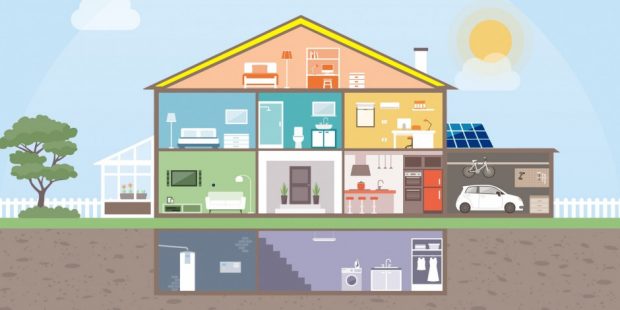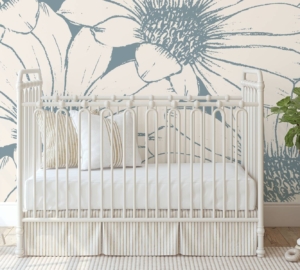Not everybody has the luxury of building an energy-efficient home from scratch. Yet, many people are looking into ways to lower their utility bills and lower their carbon footprint. It seems like energy and water bills just keep rising and climate change shows no signs of slowing down.
It’s becoming more and more important to make sure that you are running at peak efficiency in your home. There are many ways to go about this by making some simple updates. In this article, we will cover several of the ways that you can reduce your bills.

1. Air conditioning
Heatwaves seem to be happening more frequently which means using the air conditioner more often. Using an old air conditioning system is going to make matters worse as they use a lot of energy and are very inefficient. For instance, if you are using old window box air conditioners then you are paying far more for your electricity than you should during the summer.
When buying a new one, look for things like an Energy Star rating so you know it will save money, and a Seasonal Energy Efficiency Ratio (SEER). The SEER is a rating that shows how quickly the unit can cool a room while maintaining efficiency. The higher the number the better the rating. Combined with the Energy Star rating you know you have a unit that will save money.
2. Water fixtures
If you have an old toilet and water fixtures, then you are wasting water. There are new water fixtures that are low flow and use less water while still providing good water pressure.
For instance, a new low-flow showerhead will use roughly 1.5 gallons per minute. An old one, and probably what you are using now, uses around 3 gallons per minute. This is the case with all the fixtures. New ones will see a reduction of about half on your water bill.
With water scarcity becoming a big deal this is going to help a lot. Not to mention that it also saves you money.
3. Water heater
A traditional tank-style water heater needs to keep the water warm at all times so it is ready to go when you need it. This means that it is heating water even when you don’t use it. A tankless water heater or even a heat pump is a much more efficient way to heat hot water.
Tankless water heaters can handle the domestic hot water needs for showers and sinks and a heat pump can heat your house. There are also combi systems that use both so you can heat your home and get hot domestic water from the same unit.
A tankless water heater is also called an on-demand system since it doesn’t heat the water until you turn on a faucet or fixture. There are sensors that detect water flow and then the heat exchanger turns on which heats the water as it passes through.



